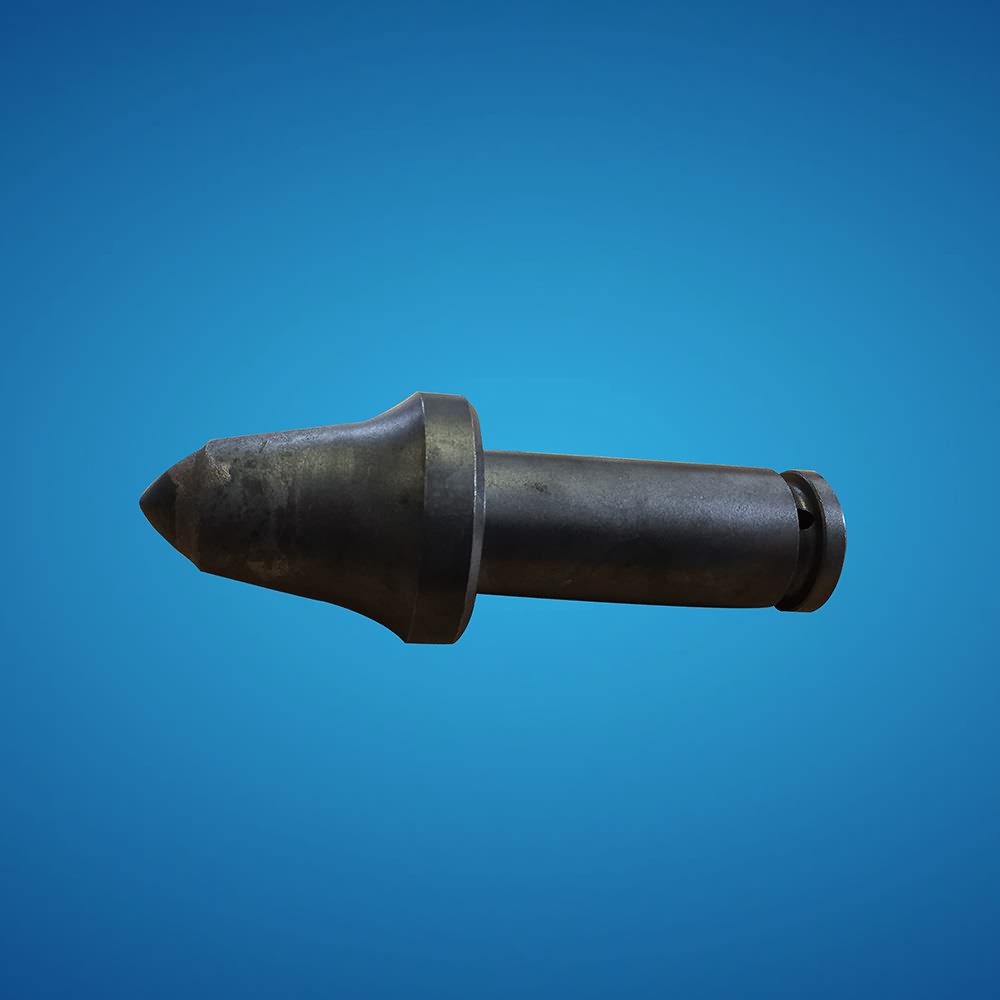The forging process can create parts that are stronger than those manufactured by any other metalworking process. This is why forgings are almost always used where reliability and human safety are critical. But forging parts can rarely be seen because normally the parts are assembled inside of machinery or equipment, like ships, oil drilling facilities, engines, automobiles, tractors, etc. The most common metals that can be forged include: carbon, alloy and stainless steels; very hard tool steels; aluminum; titanium; brass and copper; and high-temperature alloys which contain cobalt, nickel or molybdenum. Each metal has distinct strength or weight characteristics that best apply to specific parts as determined by the customer.







